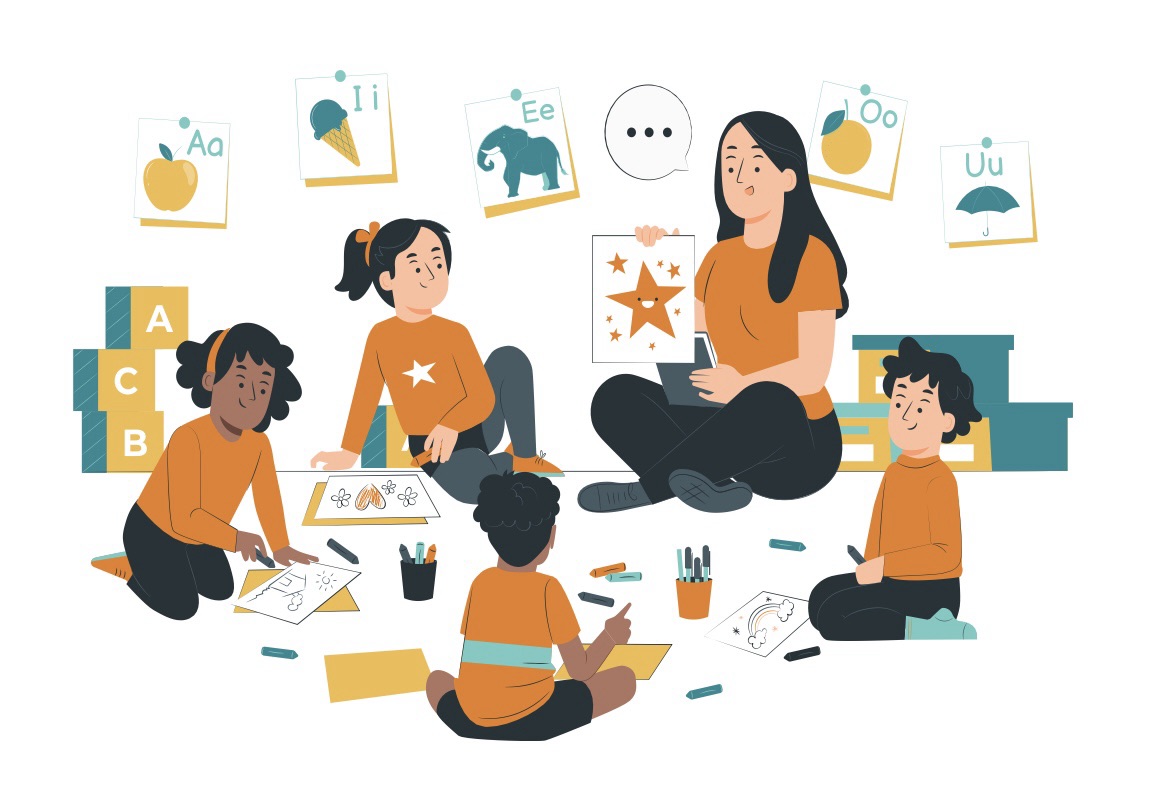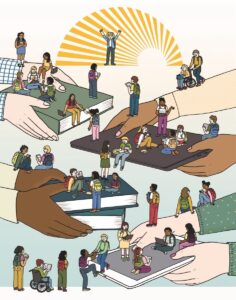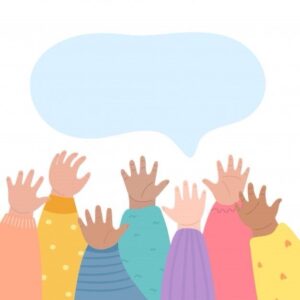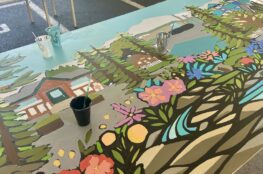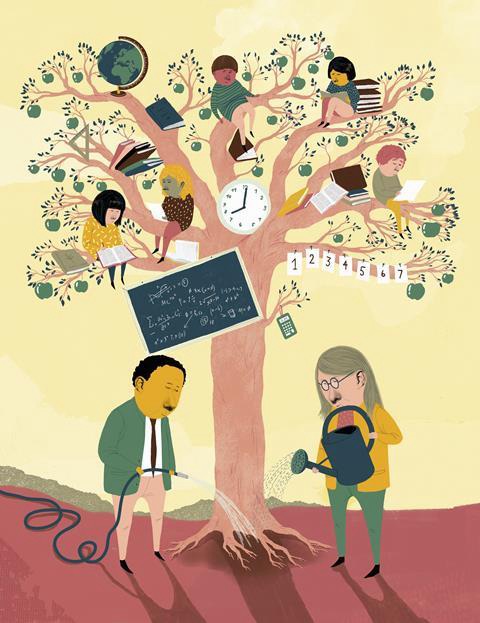As I continue developing my professional identity as an educator, I’ve realized that inclusion and connection are deeply intertwined. This week’s focus on Personal Learning Networks (PLNs) encouraged me to think about how my digital presence and professional community can actively support inclusive education. Balancing my personal and professional identities online also shapes how I approach inclusion, not just in the classroom, but in how I engage, learn and represent myself as part of a wider educational community.
Defining Inclusion in My Practice
Inclusion, to me, means more than having all students in the same room. It’s about creating a learning environment where every student feels valued, respected and supported to thrive (BC Ministry of Education, 2019). During my practicum, I witnessed how powerful inclusion can be when it works well, students with different abilities and needs contributing meaningfully to a shared classroom community. Yet, I also experienced the challenges: limited resources, time pressures and my own inexperience sometimes created barriers to fully meeting each learner where they were.
This aligns with Katz’s (2012) framework for Universal Design for Learning (UDL), which emphasizes designing lessons from the outset to meet diverse learner needs. True inclusion isn’t a fixed goal, it’s a continuous process of reflection, adaptation and humility. There is often a gap between the ideal of inclusion and the daily realities of teaching and that’s where I see my greatest responsibility to grow.
How a PLN Supports Inclusion
A Personal Learning Network (PLN) bridges my professional growth and classroom practice. Trust (2012) defines a PLN as “a system of interpersonal connections and resources that support both formal and informal learning.” My own network includes educators, advocates and researchers who share insights on inclusive pedagogy, trauma-informed practices and Universal Design for Learning (UDL). Engaging with these voices, through platforms like TikTok and Facebook, professional forums and webinars, has introduced me to strategies such as visual schedules, flexible seating and multimodal assessments that make inclusion more tangible in everyday teaching.
What I value most is how a PLN broadens my perspective. If I only surround myself with people who see teaching the same way I do, I’ll miss out on fresh ideas and meaningful challenges. By intentionally seeking out diverse voices, Indigenous educators, disability advocates and multilingual teachers, I not only expand my teaching toolkit but also confront my own blind spots. As emphasized in the video below, giving students a voice in their learning helps ensure they feel seen, respected and included. Hearing students’ perspectives directly can highlight gaps in access or understanding that I might not notice on my own.
Looking Ahead
As I continue developing my professional identity, I want my PLN to mirror the inclusive community I hope to foster in my classroom. This means asking whose perspectives are missing and intentionally seeking them out. Managing my personal and professional identities online will also require ongoing reflection, maintaining authenticity while upholding professional ethics and digital boundaries.
The artwork in my blog post symbolizes inclusion, equity and student voice. It reflects that all students deserve meaningful access, support and a voice in their learning, reinforcing my blog’s focus on creating an inclusive classroom.
References:
BC Ministry of Education. (2019). Inclusive education policy.
Edutopia. (2023). Students collaborating in an inclusive classroom [Photograph]. Edutopia. https://www.edutopia.org/article/inclusive-classroom-strategies
Inclusive Schools Network. (2025, October 1). The power of student voice [Video]. YouTube. https://youtu.be/2WATlAOSCWI?si=HANGN6iajIryL2QC
Katz, J. (2012). Teaching to diversity: The three-block model of universal design for learning. Portage & Main Press.
Pinterest. (n.d.). [Illustration]. Pinterest. https://pin.it/1X0l9B7Uh
Pinterest. (n.d.). [Illustration]. Pinterest. https://pin.it/3Gs92AfIu
Trust, T. (2012). Professional learning networks designed for teacher learning. Journal of Digital Learning in Teacher Education, 28(4), 133–138.
